After E.ON Energy Projects and Siemens Energy had reached an agreement, engineers from both companies installed 18 burners in the turbine in Philippsthal in July 2017. After 2,000 operating hours, they performed a first minor inspection of the turbine. In the summer of 2018, after more than a year of operation, the major inspection took place - with positive results. It marked a milestone on the way to the industrialization of 3D-printing for the energy industry.
The cooperation between E.ON and Siemens Energy benefited both companies. E.ON was able to offer its customers improved services. "E.ON Energy Projects provides tailor made energy solutions for clients in the chemical, paper & pulp and other high energy consuming industries,” explains Lange. “For that we rely on the top-quality standards of the major components delivered from our suppliers such as Siemens on site.” E.ON Energy Projects also collects and analyzes data from these burners, which can use to further optimize their design.
"Thanks to 3D-printing we’ll be able to develop even more powerful, environmentally friendly, and durable gas turbines and components in the future,” says Vladimir Navrotsky, Technology Director in Finspång, who has been advancing additive manufacturing at Siemens Energy for years. "Cooperation with customers such as E.ON Energy Projects enables us to test new technologies and, where necessary, improve them - faster than would otherwise be possible.”
The most important prerequisite for a successful cooperation like this one is mutual trust. "This project went far beyond the traditional relationship between manufacturer and customer," says Lange. "Without such strategic partnerships, innovations in the energy sector would certainly take much longer. They are the key to success when it comes to remaining competitive and offering our customers the best possible performance.”




